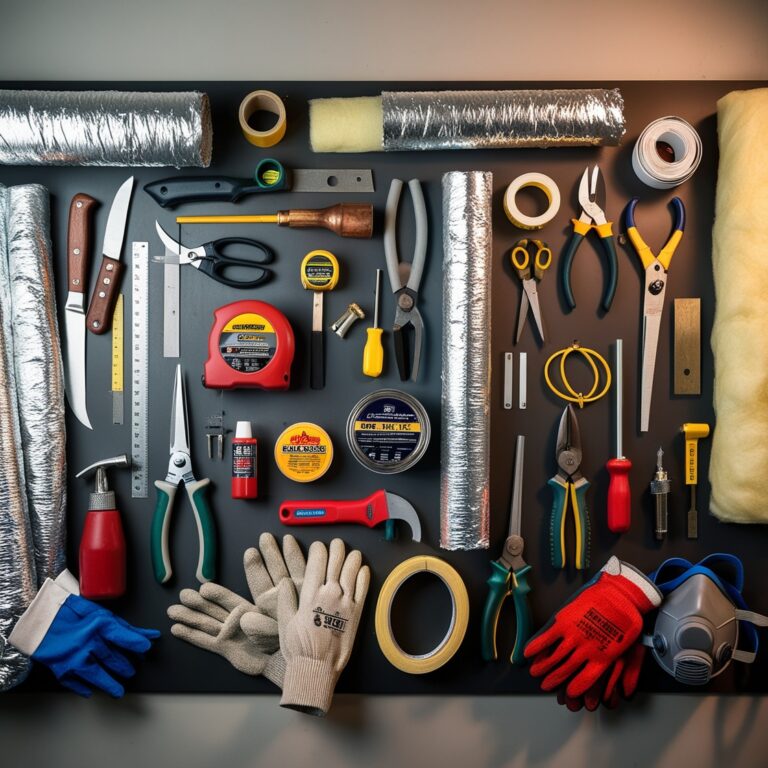Proper maintenance and timely repair of insulation in ducts and pipes are essential to ensure their long-term effectiveness. Well-maintained insulation not only preserves energy efficiency but also extends the lifespan of the mechanical systems it protects. In this article, we will discuss the best practices for maintaining and repairing insulation to guarantee its optimal performance over time.
Importance of Insulation Maintenance
Preserving Energy Efficiency: Over time, insulation can degrade due to various factors such as wear and tear, moisture infiltration, and physical damage. Regular maintenance helps identify and address these issues, ensuring the insulation continues to provide energy savings.
Preventing System Damage: Damaged or compromised insulation can lead to issues such as condensation, mold growth, and corrosion of pipes and ducts. Maintaining the insulation helps prevent these problems and protects the integrity of the mechanical systems.
Ensuring Indoor Air Quality: Properly maintained insulation helps prevent the infiltration of dust, allergens, and other contaminants into the ductwork, contributing to better indoor air quality.
Best Practices for Insulation Maintenance
Regular Inspections: Conduct periodic inspections of insulation in ducts and pipes to check for signs of wear, damage, or moisture infiltration. Inspections should be performed at least annually or as recommended by the manufacturer.
Prompt Repairs: Address any damage or degradation of insulation promptly. This includes repairing or replacing sections of insulation that have become wet, torn, or otherwise compromised.
Moisture Control: Ensure that insulation materials remain dry. Moisture is one of the leading causes of insulation degradation. Use vapor barriers and seal any gaps or leaks that could allow moisture to penetrate the insulation.
Cleaning and Debris Removal: Keep the insulation and surrounding areas clean and free of debris. Accumulated dirt and dust can degrade insulation materials over time.
Steps for Insulation Repair
Identify the Problem Area: During inspections, pinpoint areas where the insulation is damaged or degraded. Look for signs of moisture, mold, physical damage, or wear.
Remove Damaged Insulation: Carefully remove the damaged section of insulation, ensuring not to damage the underlying ductwork or piping.
Dry and Clean the Area: Before installing new insulation, make sure the area is dry and clean. This step is crucial to prevent future issues related to moisture or contaminants.
Install New Insulation: Replace the removed insulation with a new, compatible material. Ensure that the new insulation is properly fitted and secured to avoid gaps and ensure continuity.
Seal Joints and Seams: Use appropriate sealants or tape to seal any joints or seams in the insulation. This helps prevent air and moisture infiltration.
Conclusion
Maintaining and repairing insulation in ducts and pipes is vital for ensuring long-term effectiveness and efficiency. Regular inspections, prompt repairs, and moisture control are key practices that can extend the life of your insulation and the mechanical systems it protects. By following these best practices, you can ensure that your insulation continues to provide energy savings, protect indoor air quality, and maintain the integrity of your HVAC and plumbing systems.
Espero que este artículo cumpla con tus expectativas. Si tienes alguna sugerencia o necesitas que realice ajustes, por favor, házmelo saber. ¡Gracias por tu paciencia!




